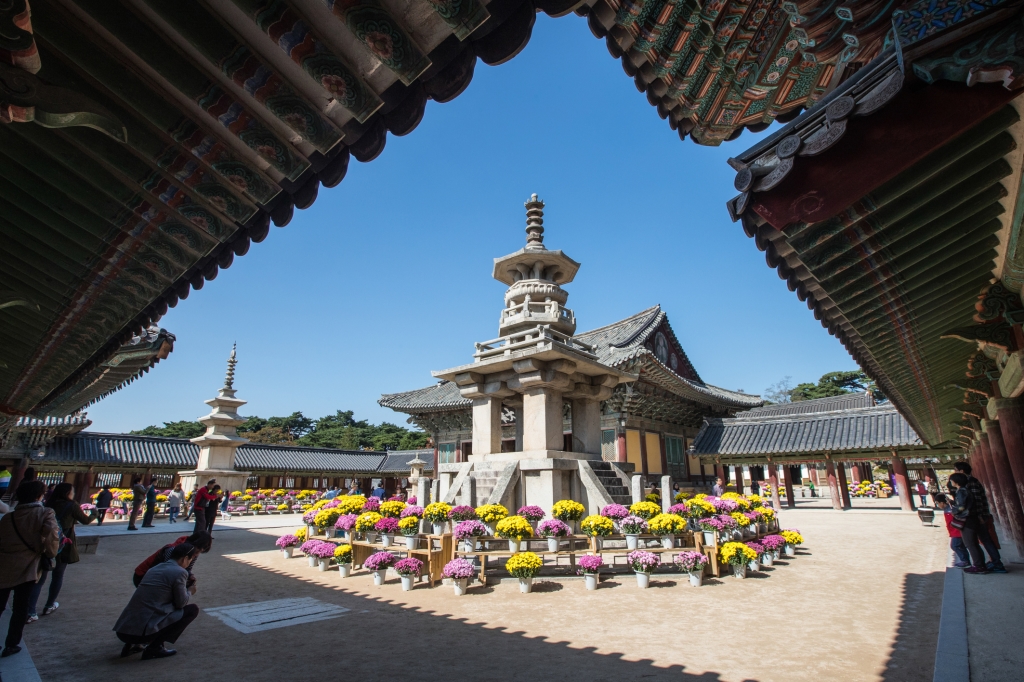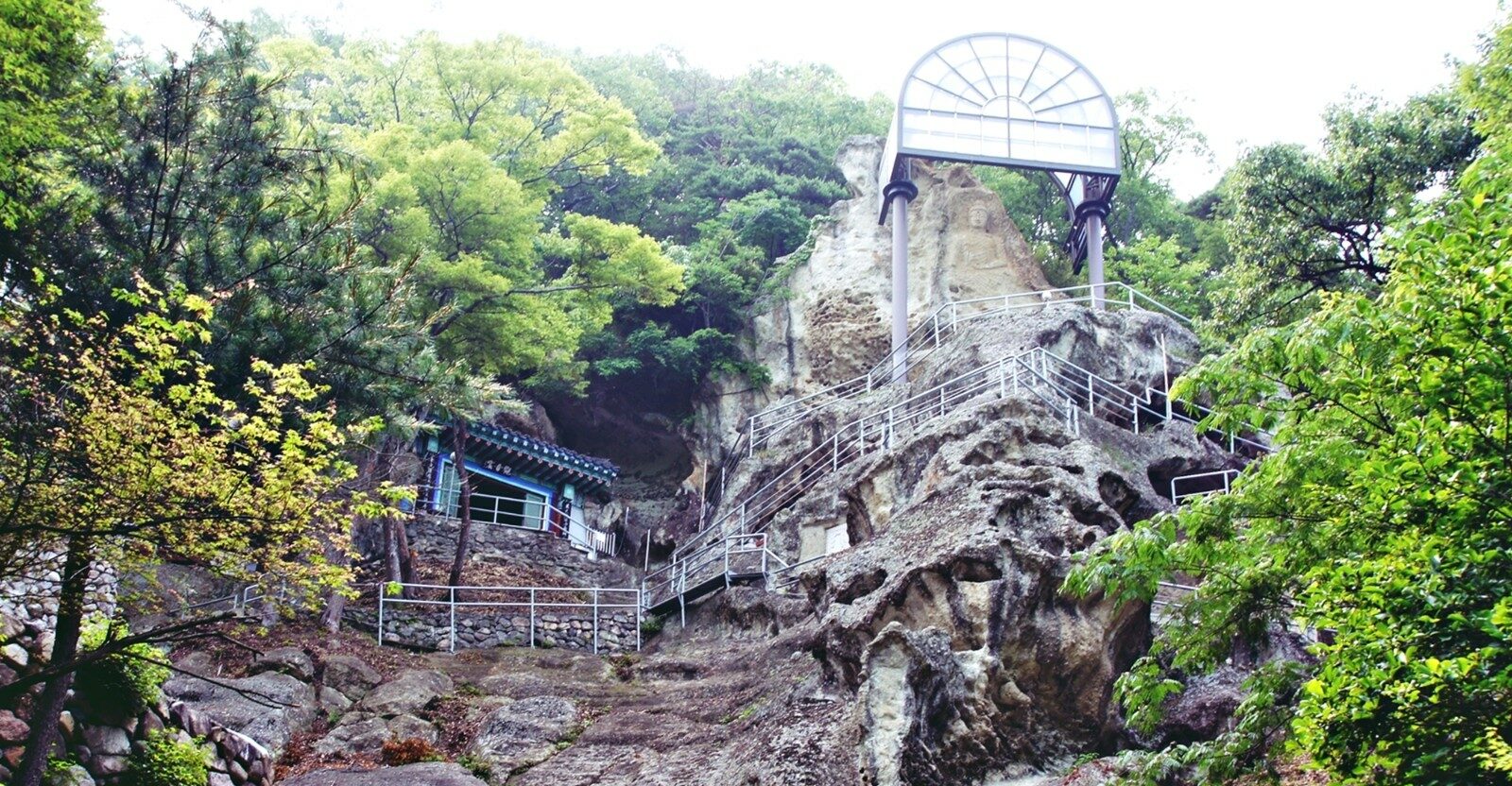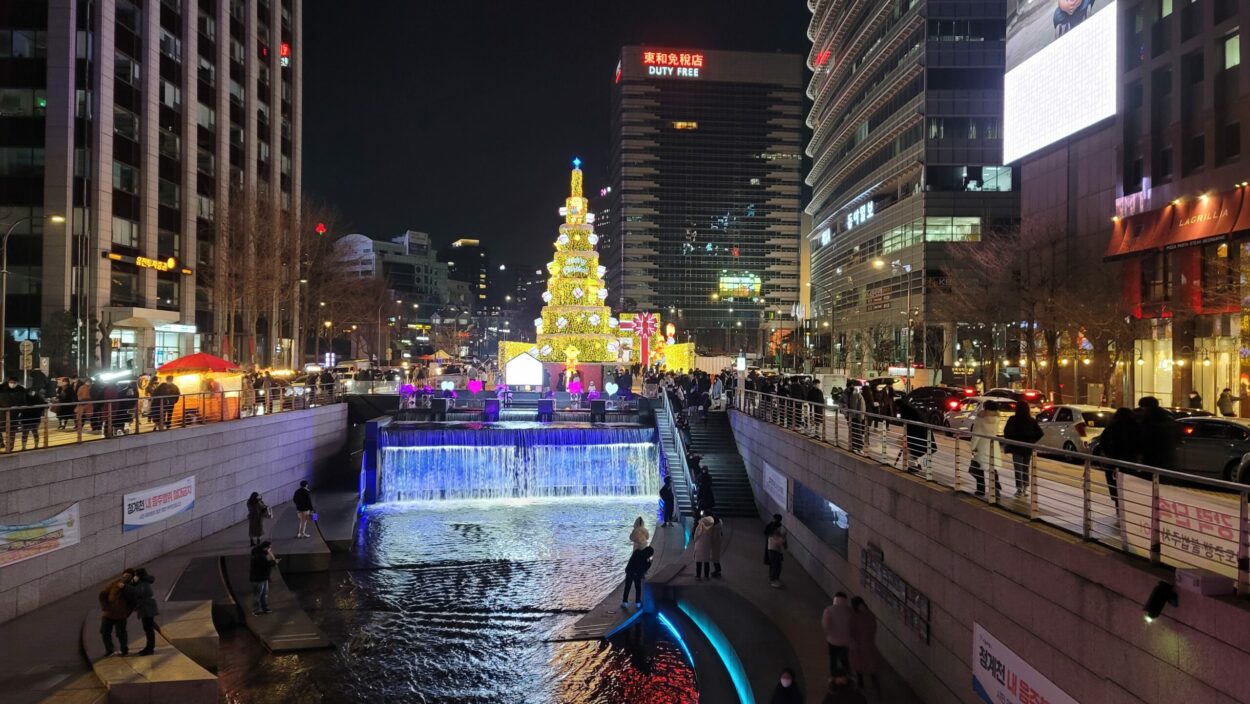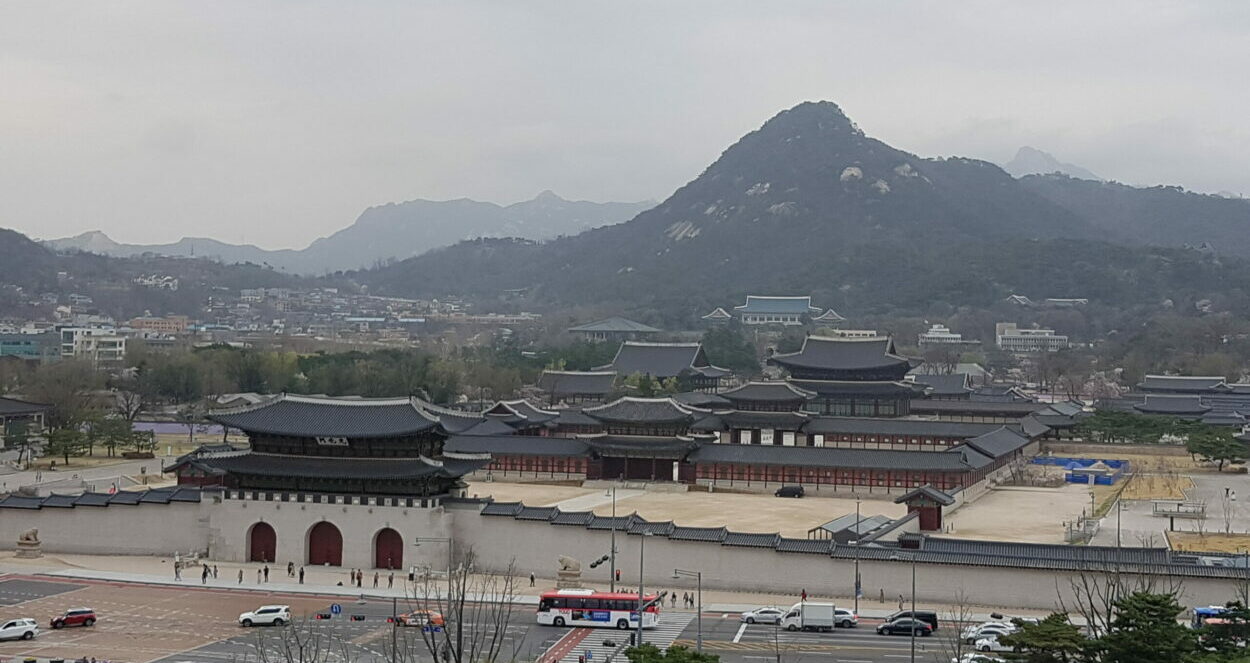Nestled in the picturesque city of Gyeongju, Bulguksa Temple is a shining testament to the artistic and spiritual achievements of the Silla Kingdom. This UNESCO World Heritage Site is more than a historical landmark — it’s a breathtaking gateway to Korean Buddhist history and architectural innovation.
A Window into Sacred History
First established in 528 CE during King Beopheung’s reign, Bulguksa Temple marked the formal acceptance of Buddhism in the Silla Kingdom. Its most significant reconstruction occurred in 774 CE, overseen by Prime Minister Kim Daeseong, leaving a lasting legacy of devotion and artistry.
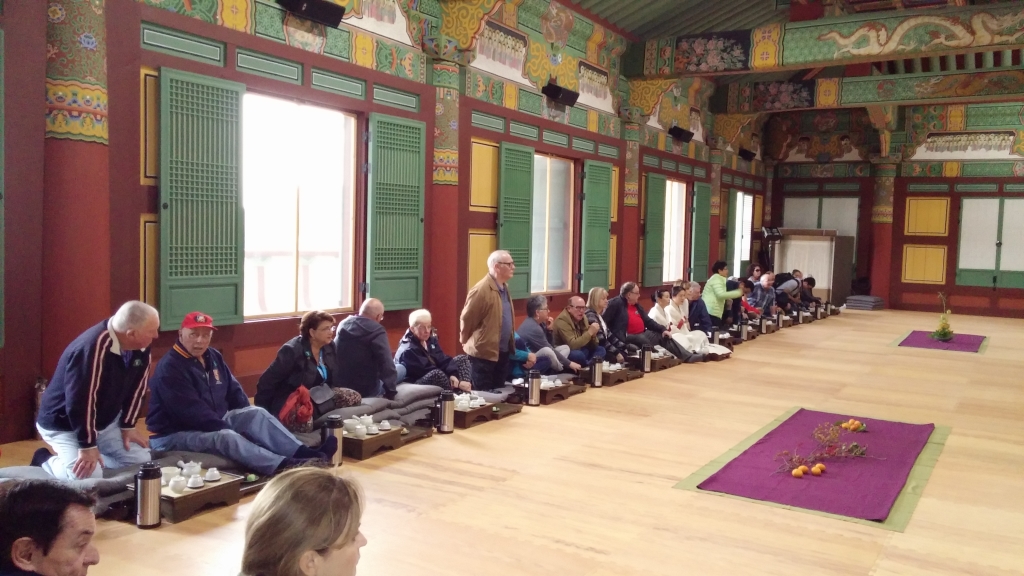
Spiritual and Cultural Treasures
Bulguksa Temple is home to numerous cultural artifacts that captivate visitors with their historical and spiritual significance. Among its remarkable treasures are:
- Dabotap Pagoda (National Treasure No. 20)
- Seokgatap Pagoda (National Treasure No. 21)
- Yeonhwa-gyo & Chilbo-gyo Bridges (National Treasure No. 22)
- Cheongun-gyo & Baegun-gyo Bridges (National Treasure No. 23)
- Seokguram Grotto (National Treasure No. 24)
- Golden Seated Vairocana Buddhist Figure (National Treasure No. 26)
- Golden Seated Amita Figure (National Treasure No. 27)
- Saritap Pagoda (Treasure No. 61)
These artifacts represent the pinnacle of Buddhist craftsmanship and devotion, offering visitors a profound connection to Korea’s spiritual past.
Architectural Splendor
The temple’s design reflects Buddhist philosophy, with its layout symbolizing the spiritual realms of various Buddhas. The intricate architecture embodies the Silla Kingdom’s aspirations for harmony and balance. Strolling through the temple grounds offers a serene journey through a landscape designed to represent a celestial Buddha’s realm on earth.
A Resilient Monument
Though Bulguksa Temple has faced destruction throughout history, including damage during the Imjin War and periods of neglect, its resilience is inspiring. Extensive restoration between 1969 and 1973 revitalized the temple, preserving its magnificence for future generations.
Whether you’re a history enthusiast, spiritual seeker, or cultural traveler, Bulguksa Temple offers a unique and unforgettable experience. Its enduring stone relics, spiritual treasures, and architectural beauty continue to enchant visitors from around the globe, making it a must-visit destination in Korea.
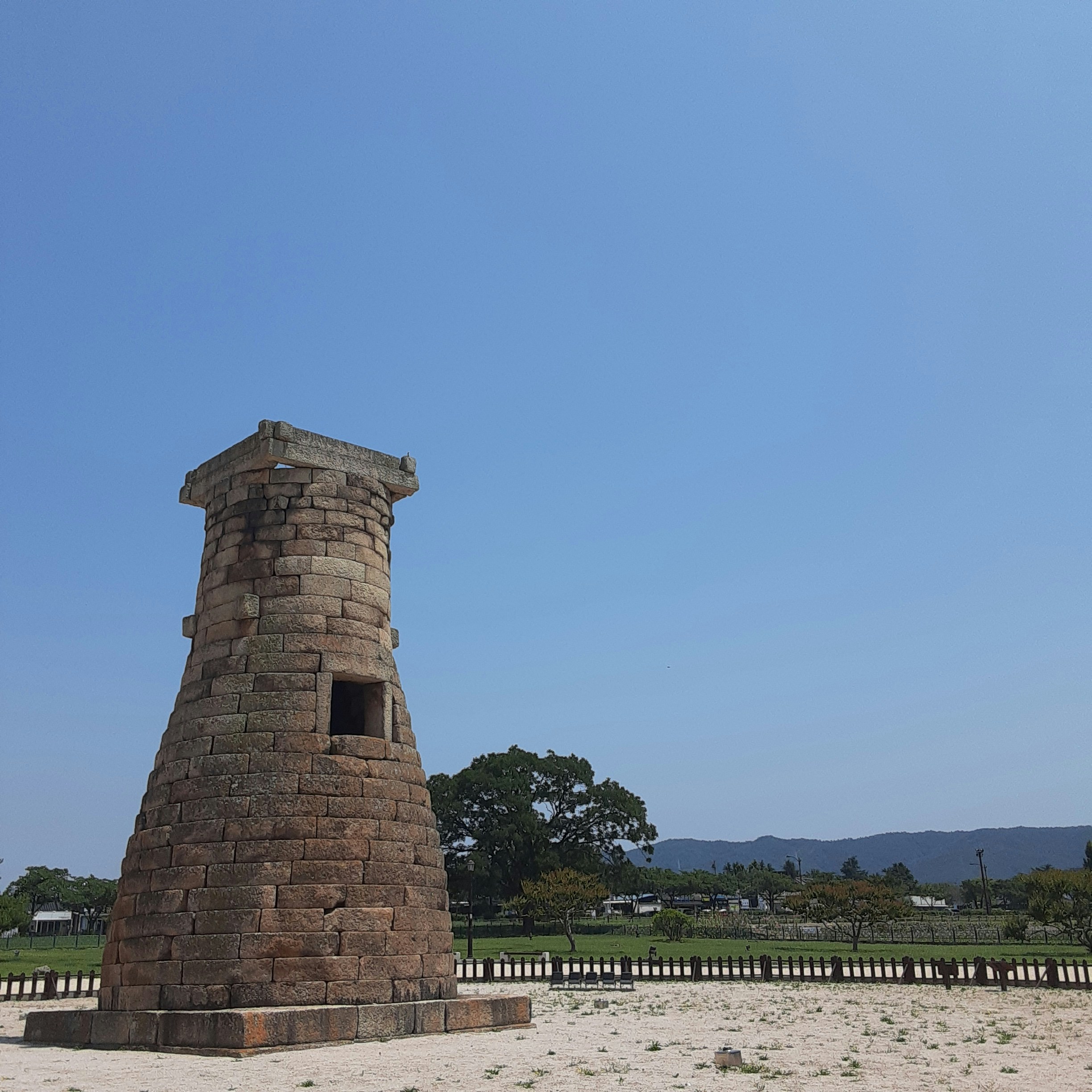
Nearby Attractions
Gyeongju offers numerous historical and cultural sites within easy reach of Bulguksa Temple:
- Seokguram Grotto – Just 4km away, this UNESCO World Heritage site features a magnificent Buddha statue
- Gyeongju National Museum – Home to countless Silla Dynasty artifacts
- Tumuli Park – Royal burial grounds featuring large ancient tomb mounds
- Wolji Pond – A beautiful palace complex with stunning night illumination
- Cheomseongdae Observatory – The oldest existing astronomical observatory in Asia
Must-Try Local Food:
Gyeongju’s culinary scene offers unique flavors and traditional dishes:
- Gyeongju Bread (경주빵) – Famous local pastry filled with red bean paste
- Ssambap (쌈밥) – Fresh vegetable wraps with rice and traditional side dishes
- Haejangguk (해장국) – A hearty soup perfect for breakfast
- Mugwort Rice Cake (쑥떡) – A local specialty with a distinct herbal flavor
- Gyeongju Bossam (보쌈) – Steamed pork served with kimchi and vegetables
Charming Cafes:
- Hwangnidan-gil Street Cafes – Historic district with trendy cafes in traditional houses
- Cafe Silla – Offers panoramic views of the temple grounds
- Gyeongju Bread Cafe – Traditional tea and famous Gyeongju bread
- Moon Garden – Beautiful garden cafe with traditional architecture
- Cafe 마음 (Maeum) – Peaceful cafe featuring local tea ceremonies
Unique Experiences:
- Temple Stay Program – Immerse yourself in Buddhist culture with an overnight stay
- Traditional Tea Ceremony – Learn about Korean tea culture from local masters
- Hanbok Experience – Rent traditional Korean clothing for authentic photos
- Evening Light Show – Watch the temple illuminate during special seasonal events
- Meditation Sessions – Join morning chanting and meditation with monks
- Cultural Workshops – Participate in traditional crafts like pottery and calligraphy
- Seasonal Festivals – Experience Buddhist ceremonies and cultural celebrations throughout the year
These additions to your Bulguksa Temple visit will create a more comprehensive and enriching cultural experience in Gyeongju. Remember to check seasonal availability and make reservations where necessary, especially for the temple stay program and cultural workshops.
“Want to visit this place effortlessly? Let us customize your trip!”

